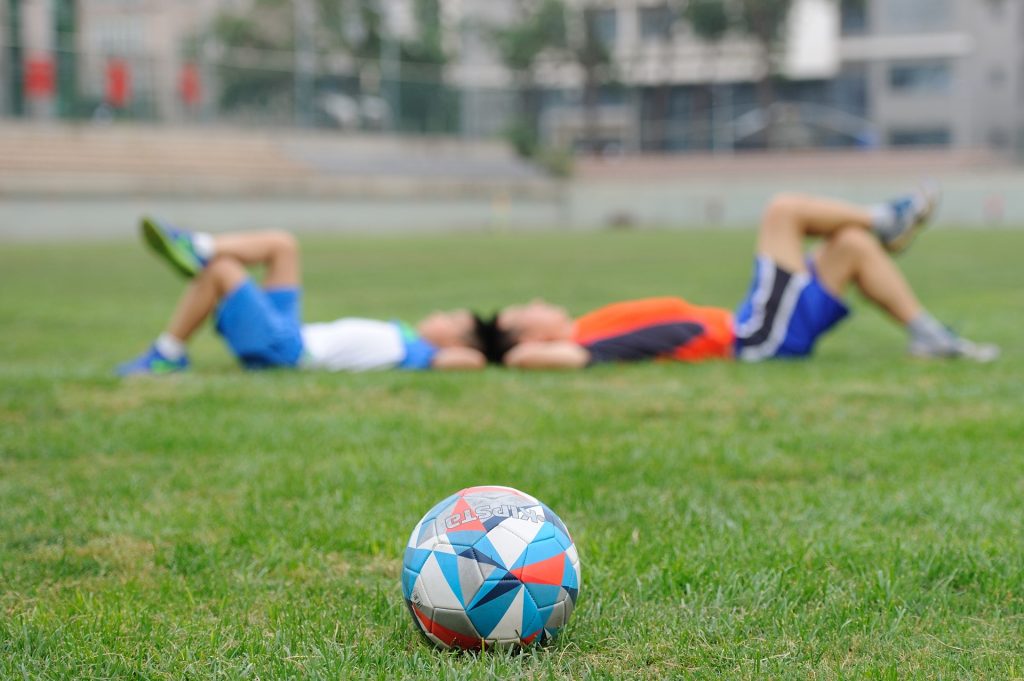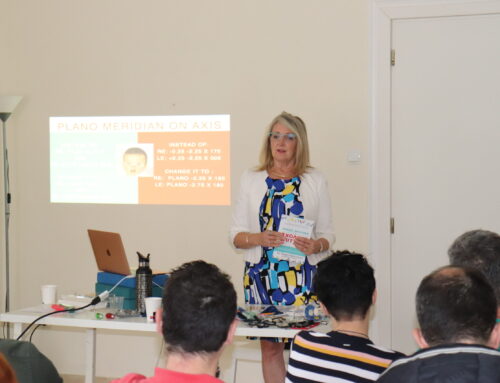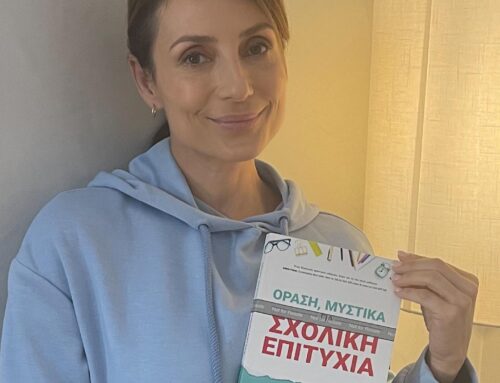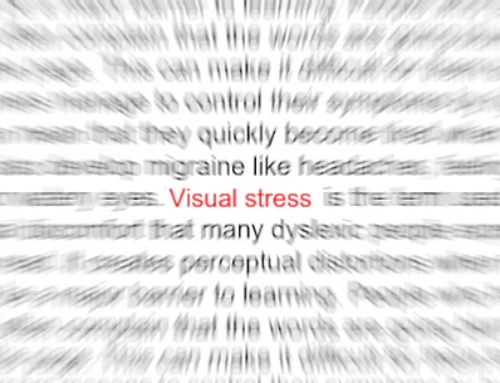Αποτελέσματα έρευνας διαθλαστικών ανωμαλιών και επιλογών διόρθωσης σε ερασιτέχνες αθλητές
- Αριθμός αθλητών που συμμετείχαν: 1573
- Ηλικίες: 26,5 +/- 12,9 (63.5% άνδρες)
- Το 94% είχε ελέγξει την όραση του τουλάχιστον μια φορά
- Το 3,4% είχε κάνει διαθλαστική χειρουργική (Lazer)
- Απο τους υπόλοιπους 31,2% είχαν μυωπία, 4,1% υπερμετρωπία, 16% αστιγματισμό.
- Τα άτομα που έκαναν αθλήματα εξωτερικού χώρο είχαν μικρότερα ποσοστά μυωπίας.
- Οι φακοί επαφής ήταν ο προτιμότερος τρόπος διόρθωσης σε σχέση με τα γυαλιά και τη διαθλαστική χειρουργική.

Abstract (EN)
PURPOSE: To evaluate, in an amateur sports-playing population, the prevalence of refractive error, the type of vision correction used during sport and attitudes toward different kinds of vision correction used in various types of sports
METHOD: A questionnaire was used for people engaging in sport and data was collected from sport centres, gyms and universities that focused on the motor sciences.
RESULTS: One thousand, five hundred and seventy-three questionnaires were collected (mean age 26.5 ± 12.9 years; 63.5 per cent male). Nearly all (93.8 per cent) subjects stated that their vision had been checked at least once. Fifty-three subjects (3.4 per cent) had undergone refractive surgery. Of the remainder who did not have refractive surgery (n = 1,519), 580 (38.2 per cent) reported a defect of vision, 474 (31.2 per cent) were myopic, 63 (4.1 per cent) hyperopic and 241 (15.9 per cent) astigmatic. Logistic regression analysis showed that the best predictors for myopia prevalence were gender (p < 0.001) and location of sport practice (p < 0.001). Sports that present higher prevalence of outdoor activity have lower prevalence of myopia. Contact lens penetration over the study sample was 18.7 per cent. Contact lenses were the favourite system of correction among people interviewed compared to spectacles and refractive surgery (p < 0.001).
CONCLUSIONS: This study showed that sport was not associated with different levels of myopia prevalence in the adult population. However, subjects engaging in outdoor sports had lower rates of myopia prevalence. Penetration of contact lens use in sport was four times higher than the overall adult population. Contact lenses were the preferred system of correction in sports compared to spectacles or refractive surgery, but this preference was affected by the type of sport practised and by the age and level of sports activity for which the preference was required.
© 2017 Optometry Australia.





